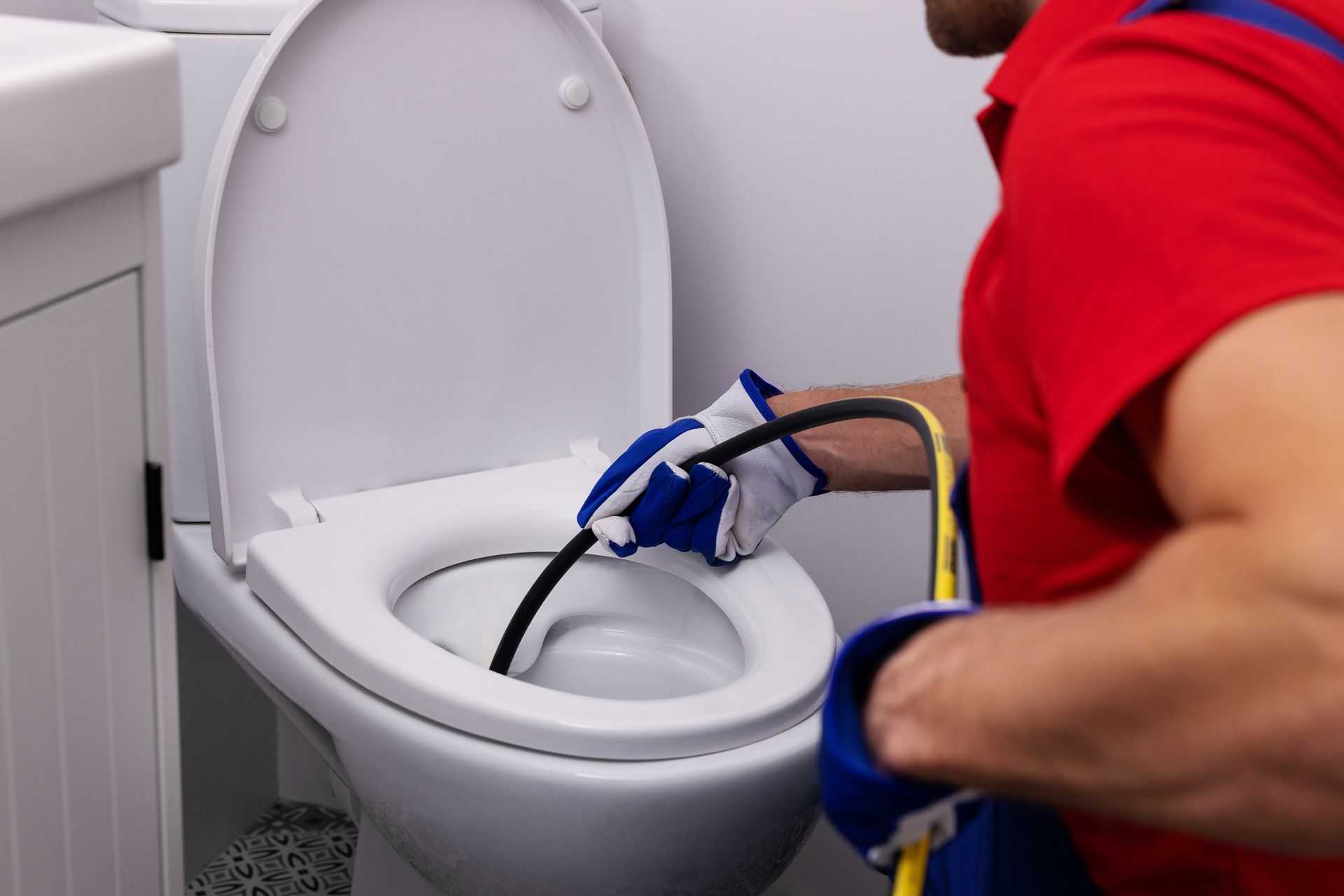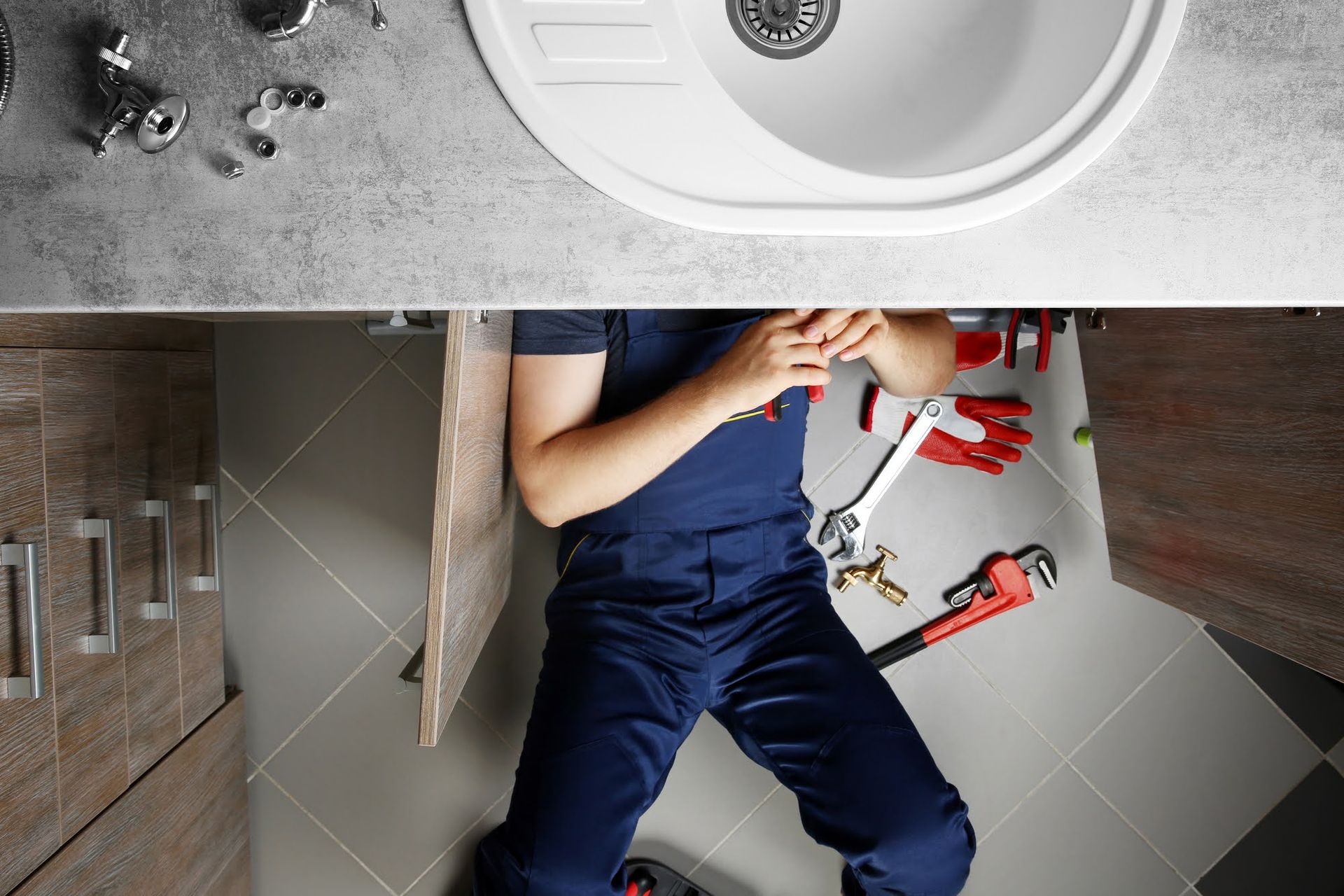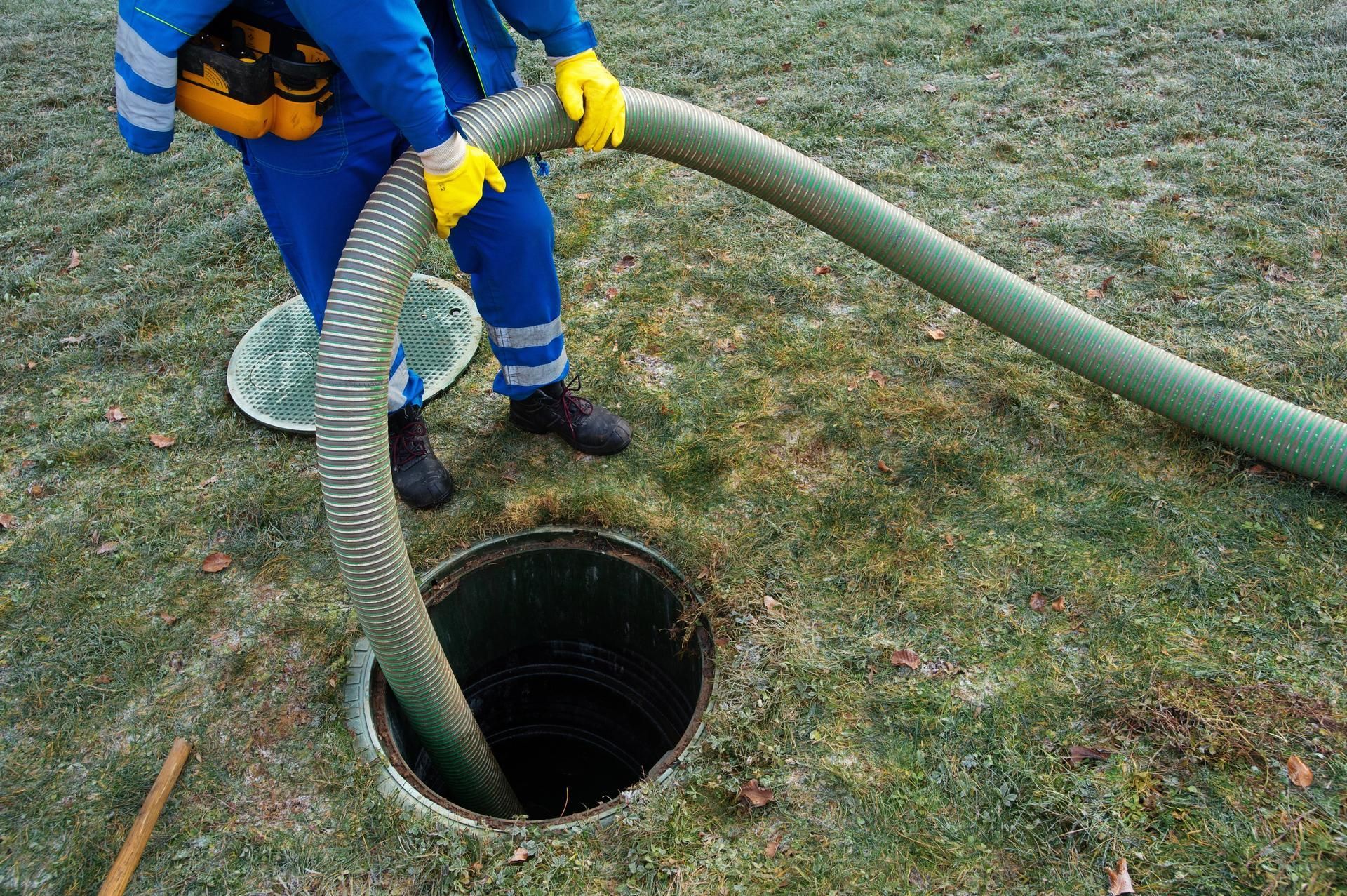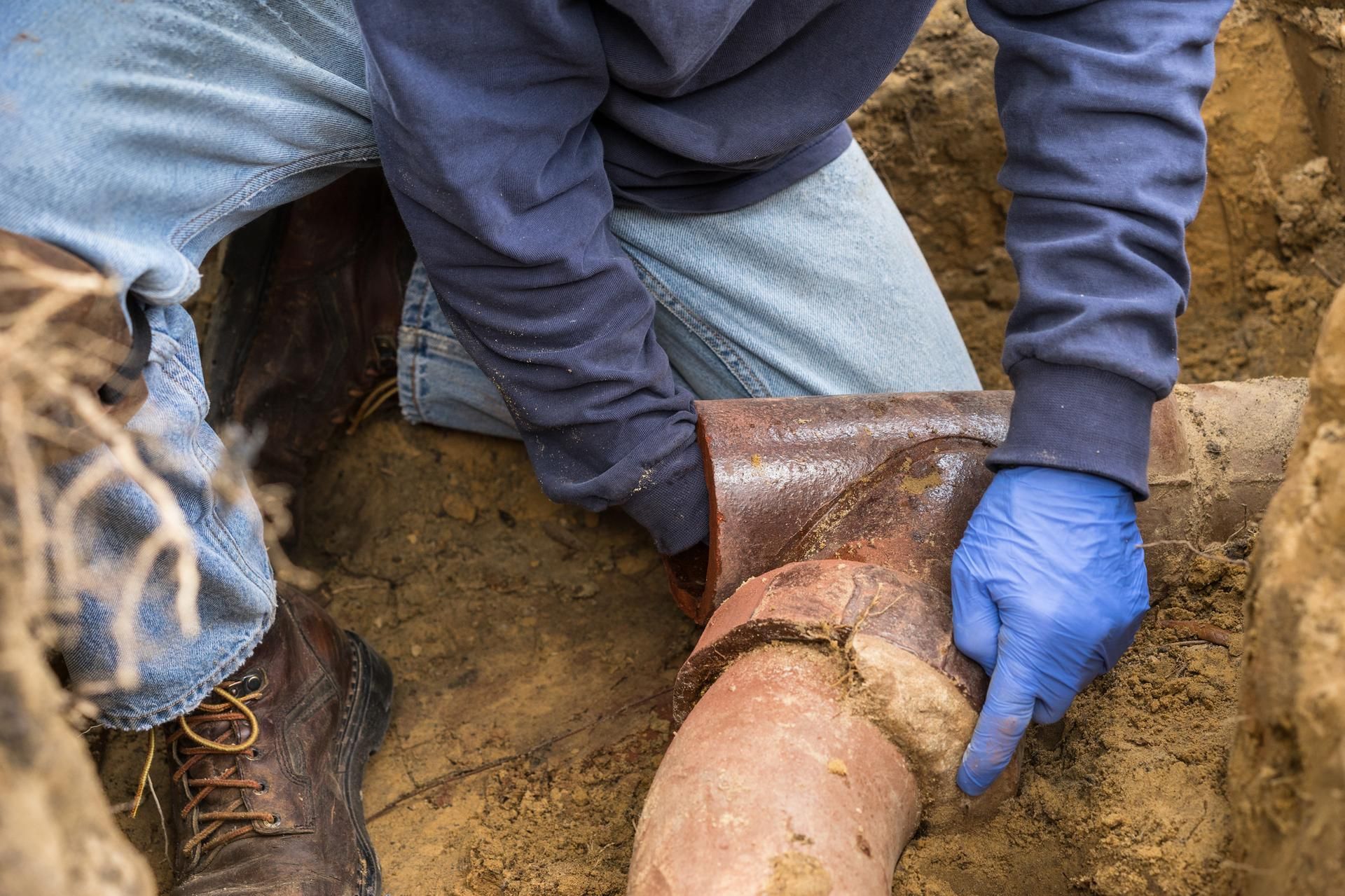Water Jetting: An Option for Drain Clearing and Maintenance
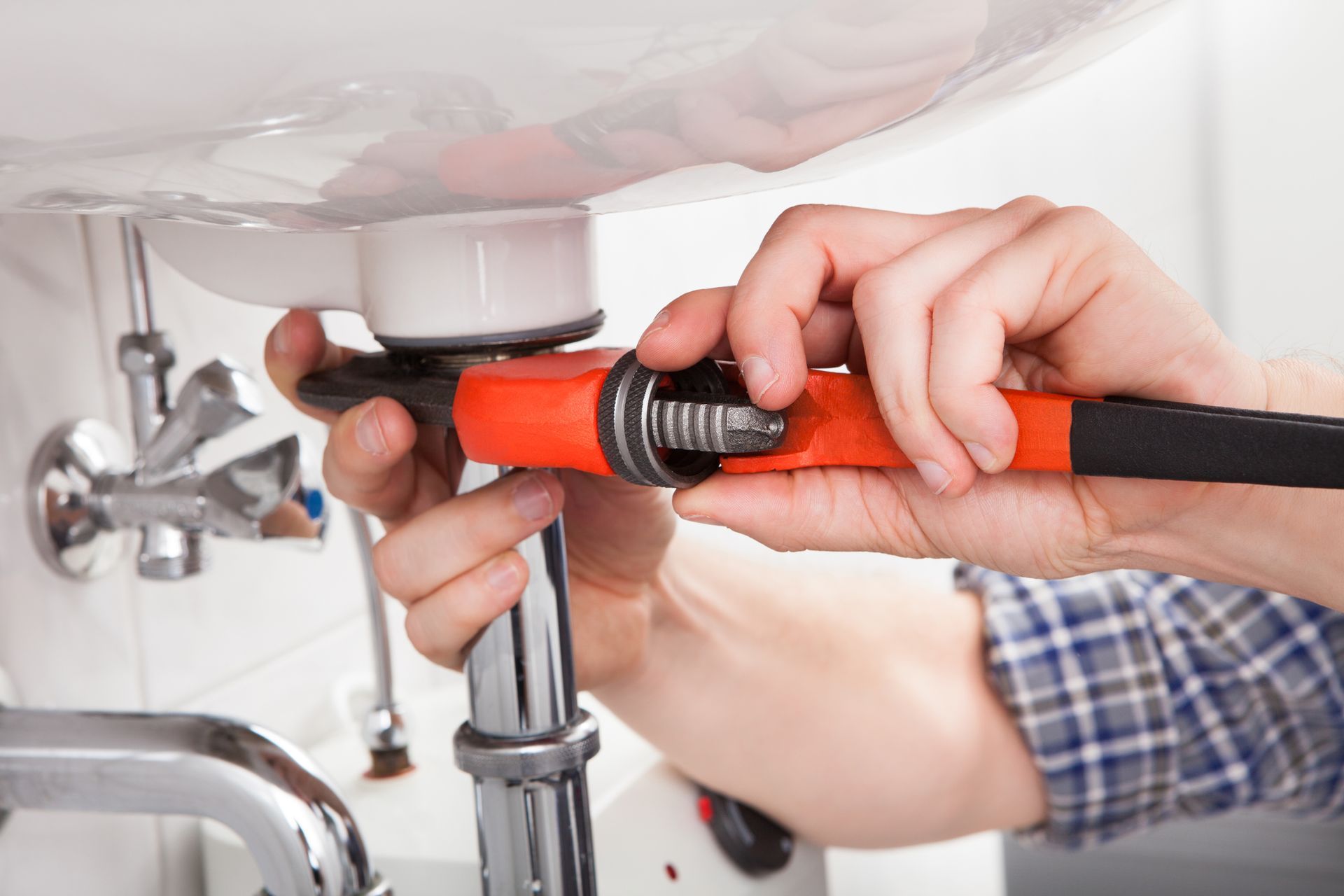
Drain clogs can lead to backups of sewage and wastewater in the home, so they aren't a problem you want to ignore. There are a variety of options that can effectively clean out your drain pipes. Water jetting is one drain cleaning option that uses high-pressure water to effectively clean drains and prevent clogs. Below is a guide to water jetting and everything you should know about this drain cleaning method.
Jetting Basics
A qualified plumber will first inspect your drain prior to performing a water jetting job. This is because issues can crop up that can lead to further damage to the drain lines.
Method Explanation
Water jetting, whether used alone or in conjunction with using a drain auger, is performed using a simple method. The water jet line shoots high pressurized water from its tip and from around the sides so that it can punch through blockages and scour the sides of the drain line clean.
Preparatory Inspection
The best way to inspect a drain line is to use a pipe camera. The camera is fed down the pipe until it hits the obstruction. In some cases, cameras are able to send back geolocator information so that your plumber can determine the exact location of the blockage as well as the reason for the clog. By knowing the cause, your plumber will be able to determine whether jetting is the best solution.
Drain Problems
Although it's best to clean drains proactively, sometimes clogs will happen anyway. Water jetting isn't suitable for all types of drain clogs, so your plumber may recommend a different tactic for certain causes. The below causes, however, are good candidates to be eliminated through water jetting.
Tree Roots
Tree roots that obstruct a water line can be resolved with water jetting if the root incursion is still minor and limited to a few tendrils snaking into the drain. A mass of roots in the drain, on the other hand, isn't well suited to water jetting—large root masses are better removed with an auger.
Water jetting does work well on properties with trees to prevent severe root invasion if it is done regularly. Having the pipes cleaned out every two years, even if they are working well, is one way to prevent problems effectively.
Internal Blockage
Items like diapers, hygiene products, hair, and grease can all collect and block up a drain. Hard water deposits that coat the inside of drain pipes can also contribute to blockage issues. Generally, these types of blockages can be removed fairly well with a water jet. If the blockage is severe, though, your plumber may need to first auger and then finish the job with water jetting.
Cleaning Process
Every clog is somewhat unique when it comes to the best method to use and how to implement it. Your plumber may use water jetting alone, or it may be only one tool used to fully clear the drain line.
Initial Clearing
In the case of a severe clog, particularly a major tree root incursion, it may be necessary to first clear the clog partially with an auger. This is a long snake-like cable that is fed down the pipe. As the cable twists, it cuts through and breaks up the tree roots. An auger does not necessarily remove all of the small roots and gunk that collect on the pipe walls, though, which is why it is often followed with water jetting.
Jetting Method
The line must be kept moving at all times or it becomes stuck. If a blockage won't clear, then the line is backed out and the auger may be used instead. Your plumber feeds the hose in slowly, moving it back and forth as necessary to keep it from binding up in the drain. The high-pressure water scours all debris off the sides of the pipe and forces the clog out. Cleaner pipe walls are less likely to catch more debris, which means fewer clogging chances in the future.
Contact Michigan Plumbing to schedule a water jet drain cleaning as part of your regular home maintenance or to clear a clog. We’re ready and equipped to assist you, 24/7.

